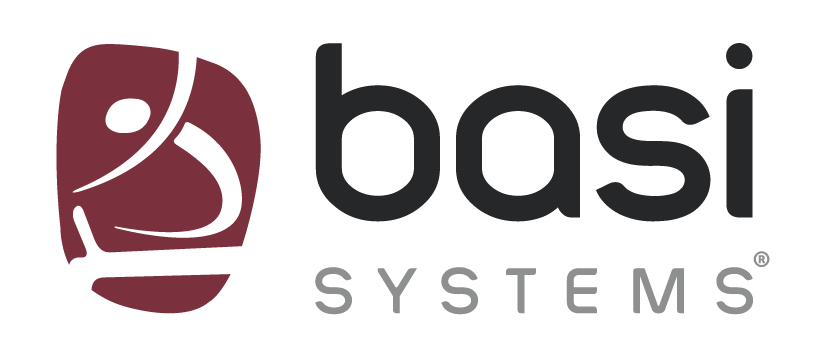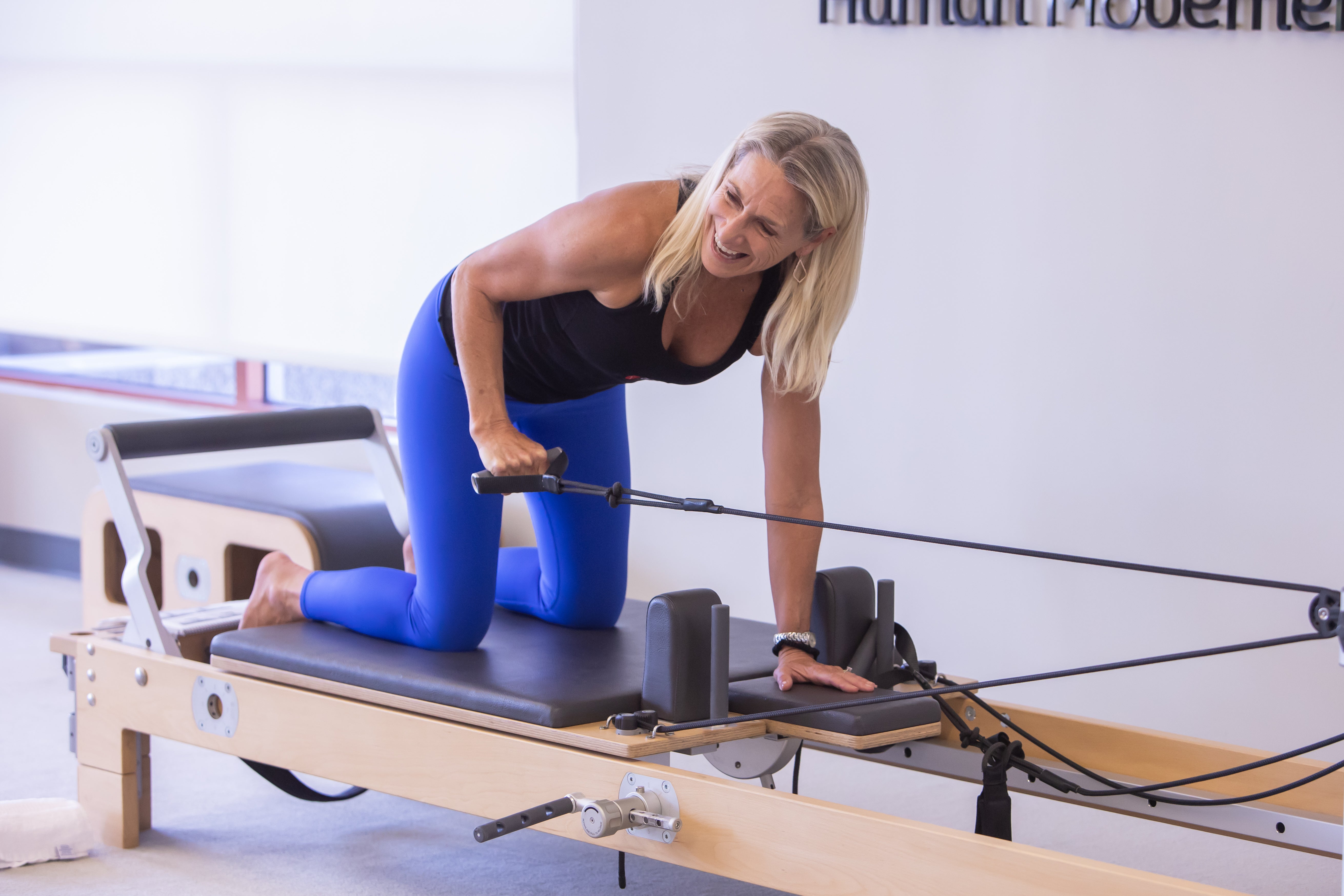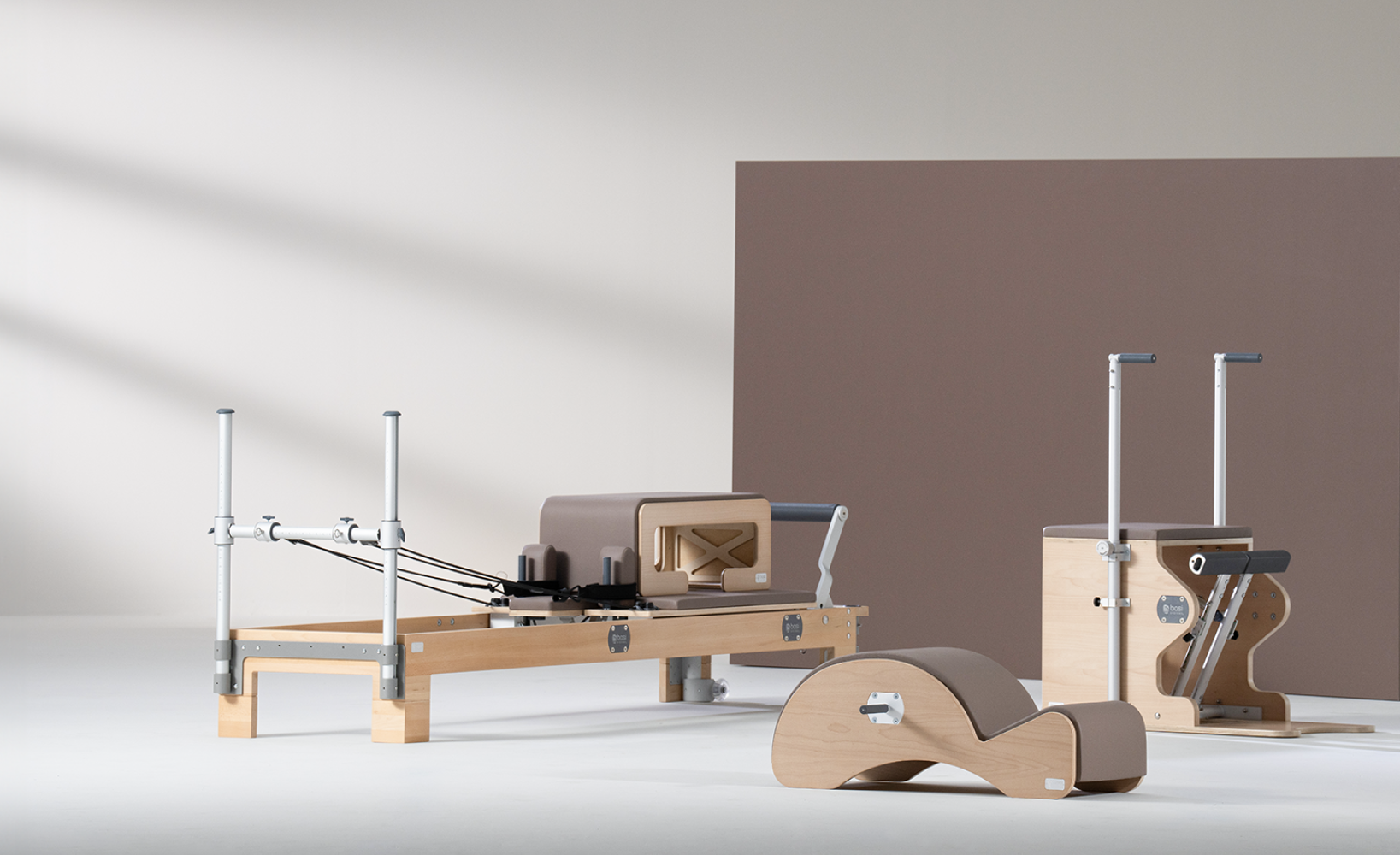Pilates has made waves in the world of physical rehabilitation, thanks to its holistic approach to strength, flexibility, and body awareness. Few know this better than Samantha Wood—a dedicated physiotherapist, BASI Pilates associate faculty member, and author of the book Pilates for Rehabilitation.
With a career spanning over two decades, Samantha specializes in integrating Pilates into rehabilitation to enhance movement quality and functional recovery. Her book deepens her insights into movement science and Pilates for rehab professionals.
In this Q&A, Samantha shares her thoughts on Pilates’ role in rehab, the impact of professional-grade equipment, and advice for instructors looking to make their mark in the field.
Why is Pilates considered an effective method for physical rehabilitation?
Pilates is a great tool to assist or even enhance a physiotherapy program when someone is recovering from an injury. By strengthening the deepest muscles of the core, optimizing alignment, and creating correct movement patterns, we can also help to prevent reaggravation of those injuries and the development of new ones. Physical Therapists are always searching for a system that can take patients from the early stages of rehabilitation to the long-term goal of a conditioned, efficiently functioning body. Pilates is that system!
Pilates is a great tool to assist or even enhance a physiotherapy program when someone is recovering from an injury. By strengthening the deepest muscles of the core, optimizing alignment, and creating correct movement patterns, we can also help to prevent reaggravation of those injuries and the development of new ones. Physical Therapists are always searching for a system that can take patients from the early stages of rehabilitation to the long-term goal of a conditioned, efficiently functioning body. Pilates is that system!
- Pilates focuses on the deep stabilizing muscles; both stability and mobility exercises are emphasized
- Both closed-kinetic-chain and open-kinetic-chain exercises are included
- The muscles are worked statically and dynamically-emphasizing both concentric and eccentric muscular contractions
- The exercises are functional and a large importance is placed on breathing appropriately
- It is adaptable for many different patient populations
- It is a mind-body form of conditioning
- The equipment is safe and easy to use and it is a wise business choice to expand the wellness services that rehab facilities can offer.
How does Pilates complement traditional physical therapy in post-surgery recovery, and what unique benefits does it offer?
Besides the reasons listed in my previous answer, use of the Pilates equipment offers the benefit of progressive resistance provided by the springs. One advantage of springs over weights is that they can be more easily adapted to simulate many other activities and are therefore more functional. For post-surgery recovery, spring resistance is safer because at the beginning phase of a repetition, the resistance can be released, relieving any compression on the joint or pressure on the muscle. Additionally, for post-surgery recovery of lower body injuries, such as a knee or hip replacement, the Pilates equipment allows for a faster return to functional movements such as squatting because these can be done in supine on the Reformer, eliminating the load on the joint produced by gravity.
What role does Pilates play in addressing muscular imbalances or movement dysfunctions often seen in rehab clients?
The Pilates system facilitates a positive movement experience no matter the patient’s level, size, or limitations. The equipment allows us to select or create the appropriate exercises based on whether the patient’s condition requires more support or increased challenge.
In physiotherapy, Pilates exercises are considered neuromuscular reeducation, therapeutic exercise, or therapeutic activity. The Pilates repertoire and apparatus are used as tools of the trade and adapted to the needs of each individual and his or her unique goals. The approach I use with patients is as follows: exercises are chosen and sequenced based on the specific needs of the patient while attempting to maintain the holistic approach of the work. Exercises are not changed to accommodate for movements the person may be accustomed to, but rather the individual adapts to corrections and positive movement patterns being taught. The goal then becomes achieving optimal posture, functional strength, and balance in the individual as well as rehabilitating the injury.

How does using equipment like reformers and Cadillacs benefit rehabilitation clients specifically?
From a rehab standpoint, I prefer working on the Reformer, especially in the initial stages of rehab or prehab, because it provides a wonderful viewpoint for both the client and the instructor from which to observe alignment and muscular patterning. It also allows a patient to be positioned in such a way as to help remove gravity from the equation, allowing for earlier progressive load bearing. For example, with an exercise such as Footwork, natural upright alignment of the body is reinforced, and we can begin functional exercises such as squatting without worrying about too much compression on the patient’s joints. This is invaluable for patients who have difficulty standing or walking due to arthritic joints, surgical weight-bearing restrictions, generalized weakness, or balance issues. We can still work on upright posture and alignment, as well as lower extremity strength, without stressing the joints or putting the patient at risk of falling. This allows for exact functional patterns and muscle memory to be retrained and so that when the patient is ready to bear weight into a squat or lunge, the motion has already been learned.
The Cadillac is also wonderful for rehab clients. The height and width make it very user friendly and safe for elderly or frail clients, and those with range-of-motion restrictions. It is also very stable, which is great for people who are uncomfortable with the moving platform of the Reformer. It can be used as a plinth for joint and soft-tissue mobilization, proprioceptive neuromuscular facilitation (PNF), or manual stretching. A huge variety of exercises is possible—from gentle, spring-assisted roll-ups to advanced acrobatics. Due to its design, it challenges the body in multiple planes of motion.
What qualities should instructors look for in Pilates equipment for a rehab-focused studio?
The number one thing would be quality, because if the equipment is not made correctly, it could be unsafe. With Pilates equipment, you get what you pay for. Unfortunately, there is a lot of knock-off, cheaply made Pilates equipment out there, and this concerns me for clients’ safety. Quality made equipment ensures that it is reliable and safe for you and your clients. The second thing I would say is durability and functionality. As I mentioned, I love the BASI Systems equipment because it has so many options to change positioning and resistance, making it appropriate for all of my clients and patients.
How has using BASI Systems equipment impacted your work, and what benefits does it bring to your clients?
In my opinion, BASI Systems equipment is the best for rehab clients. The design and functionality fits this population so well. For example:
- the Reformer has a wider and longer carriage, making it easier for larger or less stable clients to fit comfortably. It also has brilliantly designed shoulder rests, which can easily be re-positioned to fit the shoulder width of various clients, or removed for specific shoulder issues. For example, with patients who need to increase their shoulder range of motion, I remove the shoulder rests. For patients whose pathology is aggravated by pressure on the shoulders (e.g. thoracic outlet syndrome, bursitis) I move the shoulder rests to a position that provides the least amount of compression and thus allows the exercise to be performed pain-free. The BASI Systems Reformers also offer a greater variety of spring resistance and foot bar positions, making it easily adaptable for all sizes, fitness levels, and injury severity.
- The Cadillac is also larger, making it more stable and comfortable for many rehab clients. The removable head rest provides lots of great options, as do the additional attachment spots for the springs. The sliding bars and attachment spots provide endless options for the perfect angle and amount of spring resistance.
- The design of the BASI Systems Wunda Chair has been a game changer for many of my rehab clients. The wider seat makes it possible to do exercises that many couldn’t do on the other brands. And as an instructor, the adjustability of the spring tension and handle height is a dream!
How can Pilates be integrated into a long-term physical therapy plan to maintain improvements and prevent re-injury?
I think that because Pilates is a mind-body form of conditioning rather than simply physical exercises, the long-term benefits are greater. I have seen many patients over the years reach far greater potential when mental conditioning is integrated into the motor learning and neuromuscular reeducation process. As my mentor, Rael Isacowitz says - Pilates is not simply exercise; it is a holistic approach to optimizing human movement. When patients experience this, they feel better, not just at their injury site, but overall. Therefore, they are willing and even eager to continue with Pilates after their injury is healed. This of course, helps to keep them conditioned and strong, reducing the chance of re-injury. At my center and others like it, where both physiotherapy and Pilates are offered, patients often continue or return as Pilates clients after they have finished rehabbing their injury. Many have expressed over the years that they appreciate being able to workout in a comfortable, safe, healing environment, rather than a traditional gym setting.

For those setting up a new studio, what advice would you give about equipment and layout for optimal client support?
Of course it would be ideal if studios could have the full suite of equipment, but:
- if you’re just starting out and can only afford one piece, I recommend the Reformer. Of all the Pilates equipment, the Reformer offers the most variety of movements, and it accommodates movement throughout the full range of motion as adjustments can be made according to patient size and limitations. Exercises done on the Reformer range from fundamental to extremely advanced and include all positions: supine, prone, sitting, kneeling, and standing. The Reformer even allows cardio exercise and plyometrics with use of the jump board attachment. The possibilities are vast on the Reformer, limited only by our understanding of the equipment and of course our creativity.
- Another great option, especially if space is limited, is the Reformer/Tower combo. With this piece of equipment, you get all of the benefits of the Reformer, plus most of the benefits of the Cadillac on one piece of equipment.
- The Wunda Chair is another key piece of equipment to have in a Pilates-based rehab center, because it is versatile, lightweight, and relatively inexpensive; doesn’t take up too much space; and allows for many weight-bearing functional exercises. Though the chair lends itself to many great core and upper extremity exercises, I use it most for rehab and prehab of patients with hip and knee injuries or balance issues. It is a great tool for progressing weight-bearing status, from the supine zero-gravity position on the reformer to unsupported sitting and eventually standing exercises on the chair.
- Although not as well known, the F2 System Arm Chair Barrel Set is another wonderful piece of equipment for a rehab based studio or physiotherapy clinic. It provides a wide range of angles and resistance settings, so you can really customize the exercises to target specific muscles. I also like the height of the chair for functional training, such as sit to stand.
Can Pilates be safely adapted for clients with chronic conditions or severe injuries?
Absolutely! Pilates is wonderful for people with chronic pain syndromes and neurological conditions. I teach a 2 day course on just that- how to use Pilates to work effectively and safely with these clients. The emphasis on the mind-body connection, the focus on breathing, and the low impact nature of Pilates make it the perfect type of exercise for people with these issues. In addition, Pilates supports neurological issues by improving coordination, balance, and functional movement. Because the equipment is so adjustable, it is easy to adapt exercises to make them appropriate for people who have suffered a stroke, or have chronic and/or complicated diagnoses such as: Lupus, Fibromyalgia, Rheumatoid Arthritis, Parkinson's Disease, and Multiple Sclerosis.
Recently, websites of organizations such as the Lupus Foundation, the National Fibromyalgia Association, and the Arthritis Foundation have recommended Pilates as a beneficial form of exercise.
Talking with Samantha makes it clear that Pilates, especially when paired with high-quality equipment, can be a game-changer in rehabilitation.
Whether you’re just opening a studio or looking to strengthen your rehab offerings, the right tools and a thoughtful approach make all the difference. Pilates isn’t just about recovery—it’s about building resilience and balance in the body long-term. Check out our pilates equipment to see how it can support you in helping clients move better and feel stronger every day.





Share:
1 comment
Neef more Information for BASI equipmenf.
Finding the Right Pilates Reformer for Knee Rehab
How to Get More Pilates Clients as a Small Business